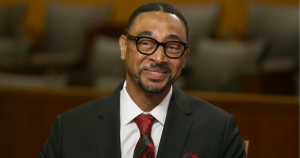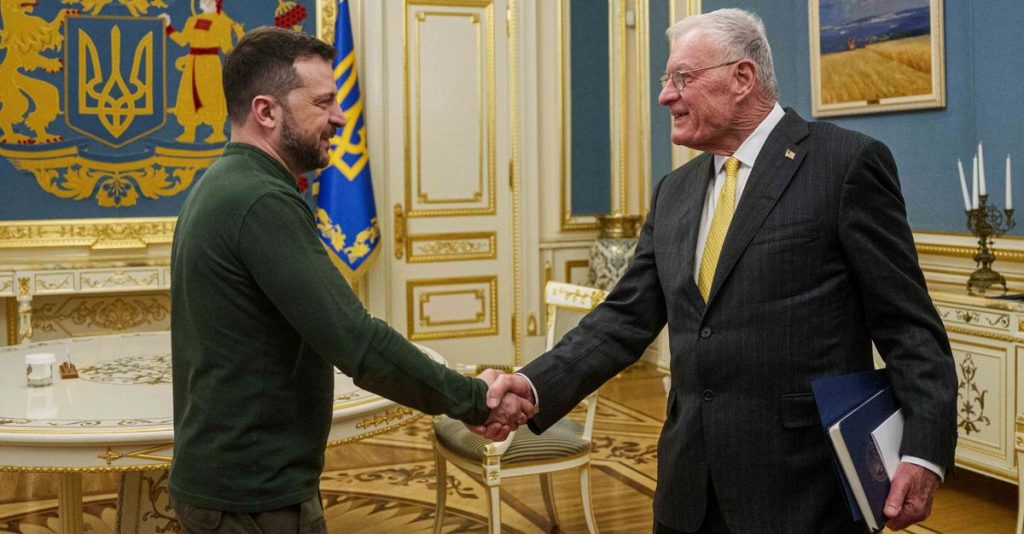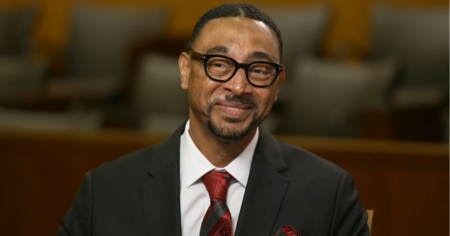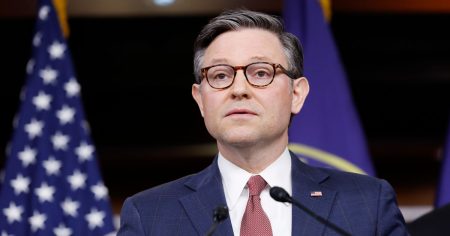US-Ukraine Negotiations on Rare Earth Minerals: A Complex Dance
The negotiations between the United States and Ukraine over access to Ukraine’s rare earth minerals have emerged as a critical geopolitical maneuver, marked by both tension and cooperation. These talks, involving significant figures like President Trump and President Zelenskyy, highlight the intricate dance of international diplomacy, where strategic resources and political alliances are at play. The recent involvement of Lt. Gen. Keith Kellogg, a special envoy, has brought new momentum to the discussions, signaling potential progress despite earlier disagreements.
The Backdrop: Rare Earth Elements and Their Strategic Importance
Rare earth minerals, a group of 17 elements crucial for advanced technologies, are at the heart of this negotiation. Essential for producing everything from smartphones to electric vehicles, these minerals hold significant economic and strategic value. The U.S. seeks to secure a stable supply chain, reducing reliance on other global suppliers, while Ukraine aims to leverage its resources to strengthen its international standing and security. This mutual interest forms the foundation of their negotiations, yet divergent priorities and expectations have led to a complex bargaining process.
A Visit to Kyiv: Progress Amidst Tensions
The visit of Lt. Gen. Kellogg to Kyiv marked a turning point in the negotiations. Despite initial setbacks, including President Trump’s criticism of Ukraine’s handling of the conflict with Russia, Kellogg’s three-day talks with Ukrainian leaders, including President Zelenskyy, showed promise. The discussions, though challenging, indicated a willingness from both sides to find common ground. President Zelenskyy expressed optimism, acknowledging the ongoing efforts to draft an agreement, which he believes could enhance bilateral relations if details are appropriately addressed.
Reactions and Resistance: The Diplomatic Tightrope
The negotiations have not been without controversy. President Trump’s aides met with Russian officials in Saudi Arabia, bypassing Ukraine and drawing criticism for excluding key European allies. This move underscored the delicate balance the U.S. must strike in its foreign policy, particularly regarding the ongoing conflict in Ukraine. President Zelenskyy faces his own challenges, balancing the need for security guarantees with the pressure to secure a beneficial deal. The differing priorities and direct exchanges between Trump and Zelenskyy illustrate the diplomatic tightrope both leaders must walk.
Looking Ahead: Hopes, Doubts, and the Broader Geopolitical Context
As the negotiations progress, hopes for a mutually beneficial agreement persist, yet uncertainties remain. The U.S. seeks to expand its influence and secure crucial resources, while Ukraine aims to bolster its security and international partnerships. The involvement of officials like Kellogg and the optimism expressed by Zelenskyy suggest a potential path forward, though the absence of clear security guarantees for Ukraine remains a significant concern. The broader geopolitical landscape, including Russia’s stance and the dynamics of U.S. politics, adds layers of complexity to the negotiations.
Conclusion: The Road Ahead for US-Ukraine Relations
The outcome of these negotiations will significantly impact the future of U.S.-Ukraine relations. Both nations stand to gain from a well-structured agreement, but the challenges of aligning their interests and addressing security concerns are formidable. As the international community watches, the ability of the U.S. and Ukraine to navigate these talks will set a precedent for future collaborations. The road ahead is fraught with challenges, but the potential for strengthened ties and mutual prosperity offers a promising horizon. The coming months will reveal whether diplomacy and strategic foresight can prevail, shaping the course of both nations’ futures.















